The Memorial Cross, standing at 311 feet tall, serves as a solemn reminder of the sacrifices made during World War II. The shrine’s marble-clad walls bear the names of countless Filipino and American soldiers who defended this land. As I ascended to the cross’s viewing gallery via elevator, the panoramic vista revealed Bataan’s distinctive geography—a peninsula embraced by the South China Sea on one side and Manila Bay on the other, with verdant mountains running through its heart like a spine.
From Mt. Samat, I made my way to the Bataan World War II Museum in Balanga City. The museum’s collections paint a vivid picture of life during the occupation, featuring military artifacts, personal effects, and compelling photographs that document the infamous Bataan Death March. The curator, an elderly gentleman named Manuel, shared stories passed down from survivors, bringing the exhibits to life with personal narratives that textbooks often miss.
Seeking to balance the weight of history with natural splendor, I ventured to the Five Fingers in Mariveles, a series of coves resembling a hand when viewed from above. The trek to Cochinos Point, one of the “fingers,” led me through dense tropical forest before opening up to reveal pristine beaches and crystalline waters. Local fishermen in their wooden bancas dotted the horizon, carrying on their traditional way of life against a backdrop of modern cargo ships heading to and from Manila Bay.
As afternoon approached, I found myself in the Las Casas Filipinas de Acuzar in Bagac, where historic Spanish colonial houses have been meticulously reconstructed to create a living museum. Walking along cobblestone streets lined with these architectural treasures, I felt transported to the Philippines of centuries past. The heritage resort offers not just a glimpse of history but an immersive experience, complete with period-costumed staff and traditional craft demonstrations.
The diversity of Bataan’s cuisine became apparent during my culinary adventures. In the public market of Balanga, I sampled the local delicacy of sisig made with bangus (milkfish), a creative twist on the traditional pork version. The province’s coastal location ensures an abundance of fresh seafood, while the agricultural interior provides fresh vegetables and fruits. At a small carinderia in Orani, I enjoyed adobong alimango (crab adobo), its rich sauce perfect with steaming white rice.As evening approached, I made my way to the Pawikan Conservation Center in Morong. The center works tirelessly to protect endangered sea turtles that nest along Bataan’s shores. Timing my visit during the nesting season (October to February), I was privileged to witness volunteers releasing newly hatched turtles into the sea. The sight of these tiny creatures making their way across the sand, guided by moonlight and instinct, provided a powerful reminder of nature’s resilience.
The following day, I explored the Bataan Natural Park, home to the province’s primary rainforest. The park encompasses over 23,000 hectares, sheltering diverse wildlife and serving as a critical watershed. A local guide, Roberto, pointed out various endemic plant species and explained their traditional medicinal uses. The mountain air, thick with humidity and the songs of unseen birds, carried the earthy scent of tropical vegetation.
One cannot visit Bataan without experiencing its people’s profound spirituality. The Cathedral of St. Joseph in Balanga stands as a testament to centuries of Catholic faith, its baroque architecture reflecting Spanish colonial influence. During my visit, preparations were underway for an upcoming feast day, with volunteers decorating the cathedral’s interior with strings of sampaguita and colorful banderitas.In Dinalupihan, I visited an indigenous Aeta community, where tribal elders shared stories of their ancestors and their deep connection to the land. Despite modernization’s encroachment, they maintain many traditional practices, including the use of herbal medicine and sustainable farming methods. Their warm hospitality and genuine smiles belied the challenges their community faces in preserving their cultural heritage.
Industrial development has not bypassed Bataan, as evidenced by the Freeport Area of Bataan in Mariveles. This economic zone represents the province’s future, bringing employment opportunities and development. Yet, it stands in stark contrast to the traditional fishing villages that dot the coastline, highlighting the delicate balance between progress and preservation.
As my journey through Bataan drew to a close, I found myself back at Mt. Samat, this time for sunset. The fading light painted the sky in brilliant oranges and purples, casting a golden glow on the Memorial Cross. Below, the lights of Balanga City began to twinkle like earthbound stars. The scene encapsulated what makes Bataan unique—a place where past and present, nature and development, tradition and progress coexist in delicate harmony.Bataan proved to be more than just a destination; it was an education in resilience, a lesson in remembrance, and a reminder of the importance of preserving both natural and cultural heritage. As I prepared for my departure, I realized that the province’s true wealth lies not just in its historical significance or natural beauty, but in the stories and spirit of its people who continue to honor the past while building for the future.
For travelers seeking to understand the Philippines beyond its beaches and urban centers, Bataan offers a compelling narrative of a nation’s journey through time. It stands as a testament to the endurance of the human spirit and the eternal cycle of renewal, where every sunrise over Manila Bay brings not just the promise of a new day but the responsibility to remember, preserve, and progress.

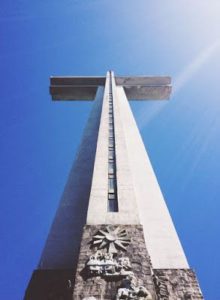
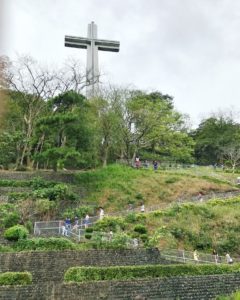
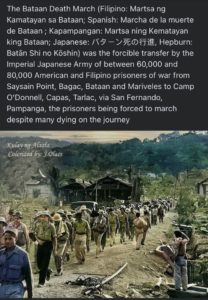
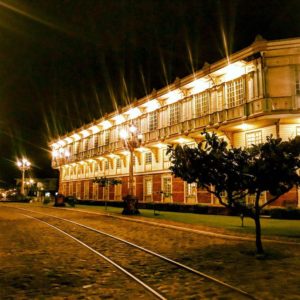




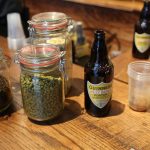



Leave a Reply